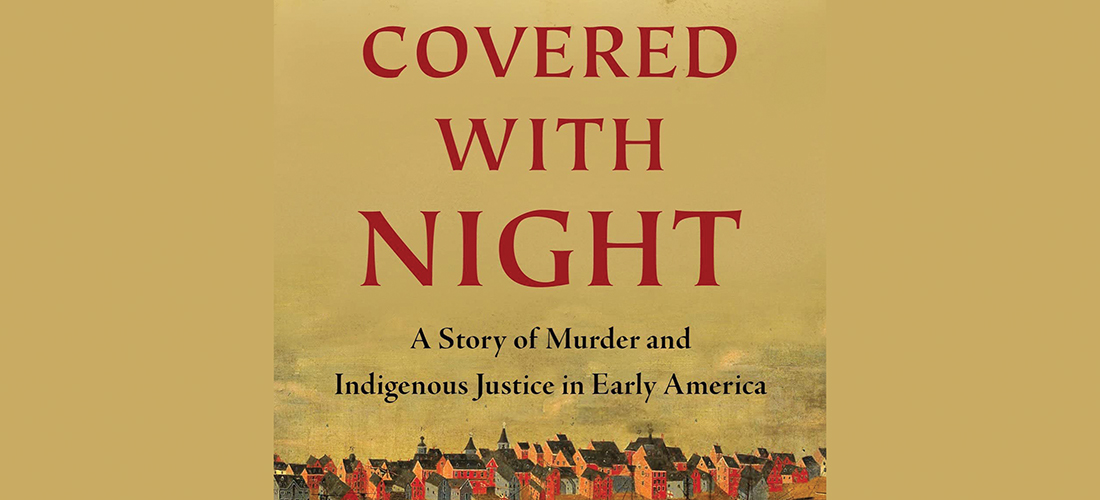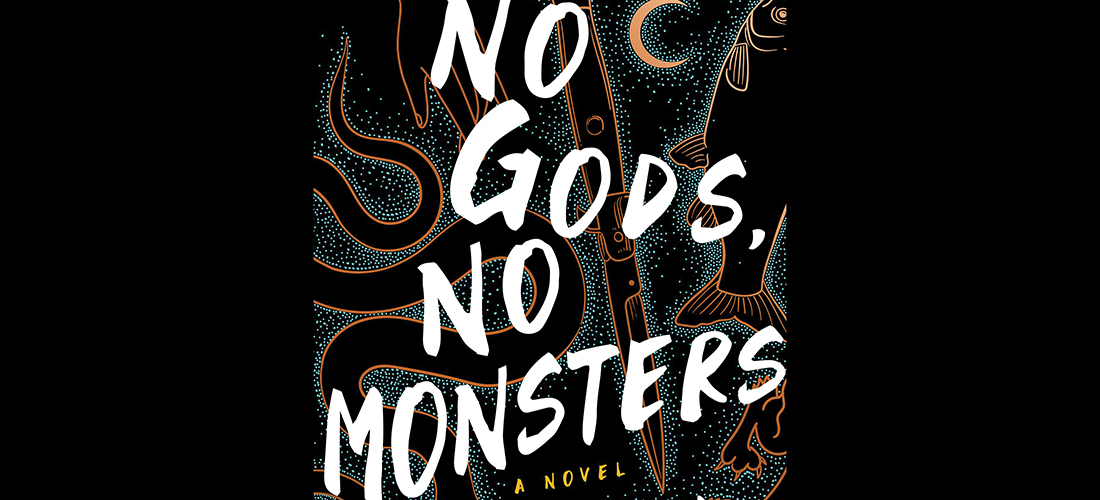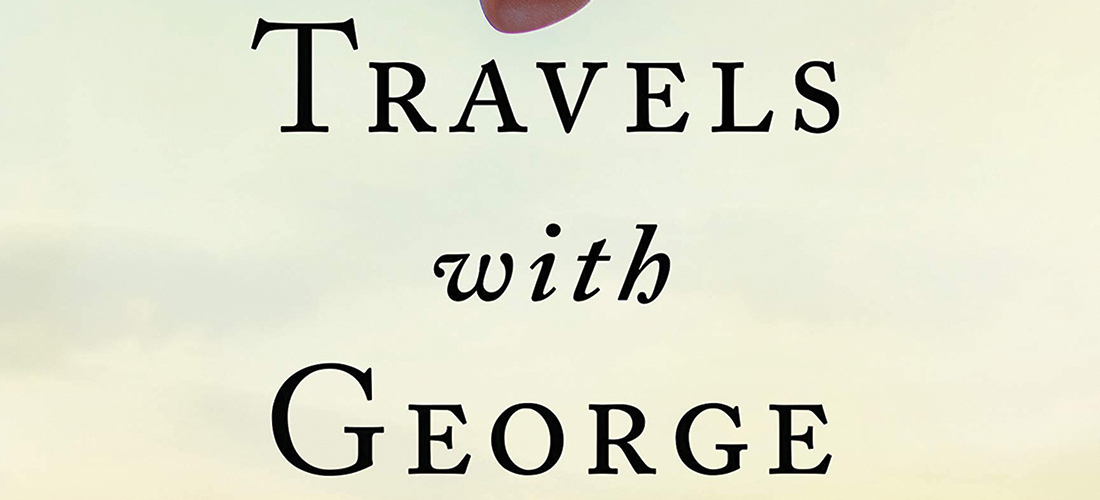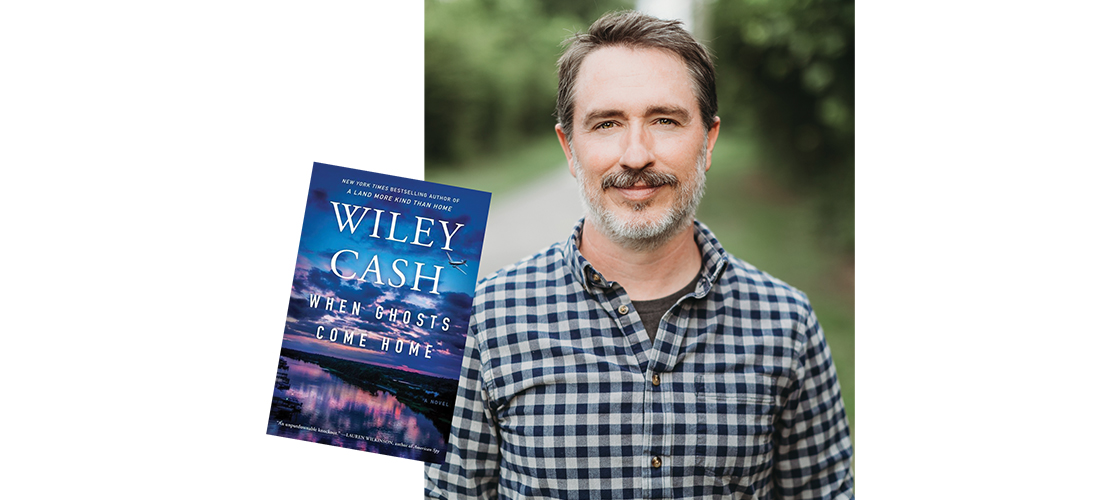Dame Agatha’s Mystery
A novel look at Christie’s 11-day disappearance
By Anne Blythe
Dame Agatha Christie, the famed author who wrote 66 detective novels in her 85 years, left the conclusion of one very public mystery untold.
While some details are known about what happened in December 1926 when the prolific writer famously went missing for 11 days, much remains unknown. That has led to an array of books and films in which writers attempt to piece together clues, fill in gaps and offer theories about Christie’s perplexing disappearance.
Nina de Gramont, a creative writing professor at the University of North Carolina Wilmington, has put forward an intriguing and inventive account in her latest novel, The Christie Affair. She tells her story from the perspective of the mistress who, history tells us, broke up the marriage of Christie and her first husband, Archie.
Here’s what we know from newspaper accounts.
The search for Christie included hundreds of police officers, planes, amateur sleuths on bicycles and in cars, musings from fellow mystery writers Sir Arthur Conan Doyle and Dorothy Sayers, and even a séance at the site where her green Morris Cowley was found deserted in a ditch in the English countryside.
Many theories were posed about what happened to the “lady novelist,” as some journalists described Christie. Was her body at the bottom of the Silent Pool, the lake in Surrey, England, near the abandoned car? Could the mystery writer, not so well-known at the time, be pulling a publicity stunt?
The hunt ended some 200 miles north of Sunningdale, where the author lived with her husband Archie and their daughter, when it was revealed that Christie had checked into the Swan Hydropathic Hotel in Harrogate using the name Theresa Neele. It was not known at the time by the public, but Neele was the last name of Archie’s mistress, the woman he planned to leave his wife for.
Christie’s only public explanation of her whereabouts came in a February 1928 interview with the Daily Mail, in which she described being in a state of depression after her mother’s death in 1926 and suffering from “private troubles,” which she said she preferred not to get into with the reporter. The Daily Mail reported that Christie contemplated death by suicide several times before driving her car into the remote ditch, hitting something, being flung against the steering wheel and bumping her head. It has long been questioned whether Christie truly had amnesia as the family reported after a public outcry about the extensive search and cost of it when it was revealed the author had been staying in the hotel under an assumed name.
“Up to this moment, I was Mrs. Christie,” she told the Daily Mail.
In her book, Gramont names her narrator Nan O’Dea, a departure from Nancy Neele, the real-life other woman. Without giving short shrift to details of the headline-grabbing disappearance available in newspaper archives around the world, de Gramont devises a double-pronged plot. She alternates between Nan’s account of the days and crucial moments before Christie went missing and a backstory filled with sadness and grief that drives the fictional narrator.
We’re transported from London to Ireland and the worlds of the haves and have-nots amid World War I. We move back and forth between Nan’s early days and her first powerful love in Ireland to Christie’s unraveling marriage and the 11 days that inspired the novel. Slowly, we find out why Nan sets her sights on Archie and aggressively works to woo him away from Agatha to achieve a greater love that becomes clearer as the suspense unravels.
Like the “Queen of Crime,” Gramont has a knack for mystery. She lures her readers in with her first sentence: “A long time ago in another country, I almost killed a woman.”
The North Carolina author also has a gift for leaving subtle signs of what lies ahead, putting pointers in plain sight in the style of Christie.
“Anyone who says I have no regrets is either a psychopath or a liar,” Nan, the narrator, says in the opening chapter when asked by her sister whether she regrets what she did. “I am neither of those things, simply adept at keeping secrets. In this way, the first Mrs. Christie and the second are very much alike. We both know you can’t tell your own story without exposing someone else’s. Her whole life, Agatha refused to answer any questions about the eleven days she was missing, and it wasn’t only because she needed to protect herself. I would have refused to answer, too, if anyone had thought to ask.”
Right at the start, we find out what will become clear in the end — Nan ends up with Archie and Agatha does not.
What we get from de Gramont’s evocative and layered scenes between the beginning and end are often twists, steamy romance, deadpan humor, an unexpected body (as necessary in any Christie mystery) and adventures to old-fashioned villages with a cast of mostly affable, but complicated characters.
“As readers our minds reach toward longed for conclusions,” de Gramont writes as Nan brings her own narrative to a close with an ending that’s not all rosy.
Her storyline for Agatha, though, concludes with a happier image.
“A mystery should end with a killer revealed, and so it has,” de Gramont writes toward the end of her book. “A quest should end with a treasure restored. And so it has. A tragic love story should end with its lovers dead or departed. But a romance. That should end with lovers reunited. Beyond the confines of these pages, life will go tumbling forward. But this is my story. I can make anything happen, unbeholden to a future that now has become the past. I can leave you with a single image, and we pretend it lasts forever. So for this part of the story, let’s stop here.”
The author’s masterful storytelling leaves you longing for more. PS
Anne Blythe has been a reporter in North Carolina for more than three decades. She has covered city halls, higher education, the courts, crime, hurricanes, ice storms, droughts, floods, college sports, health care and many wonderful characters who make this state such an interesting place.










